Home>Articles>Why Is Half Of My House Without Power Without Flipped Breakers?
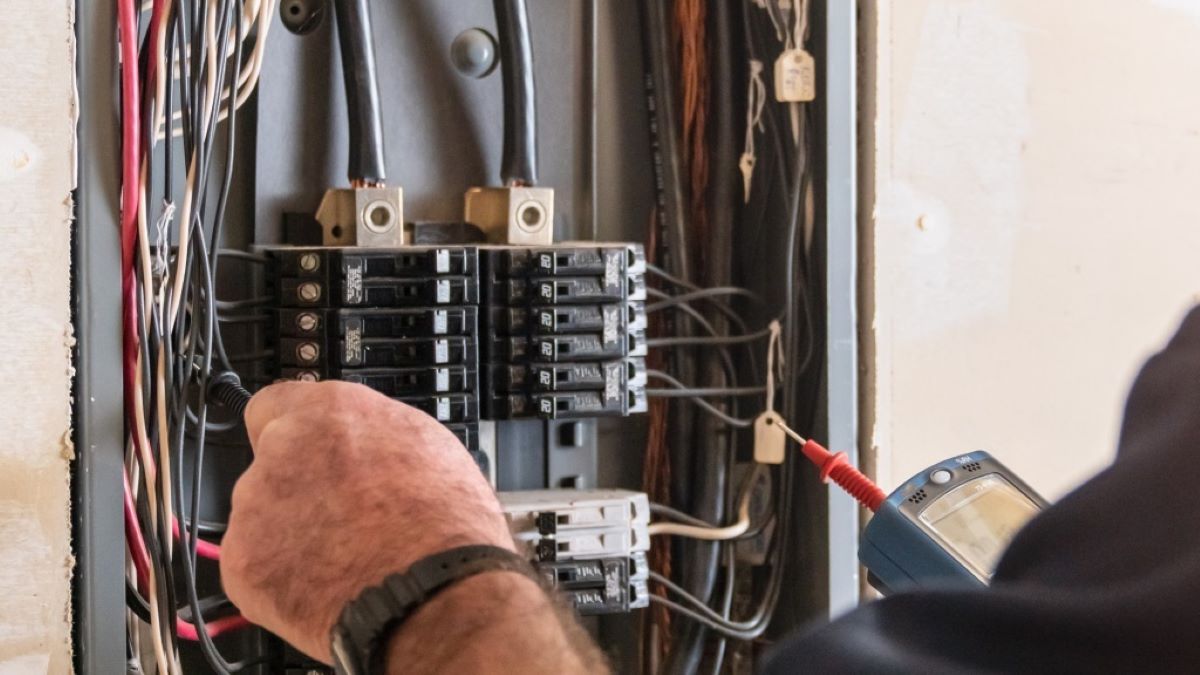

Articles
Why Is Half Of My House Without Power Without Flipped Breakers?
Modified: January 23, 2024
Discover articles that explain why half of your house may be without power, even when the breakers appear fine. Get to the root of the issue and find solutions.
(Many of the links in this article redirect to a specific reviewed product. Your purchase of these products through affiliate links helps to generate commission for Storables.com, at no extra cost. Learn more)
Introduction
Experiencing a power outage in your home can be a frustrating and inconvenient situation. However, it becomes even more perplexing when only half of your house is without power and the breakers appear to be undisturbed. So, why is half of your house without power without flipped breakers?
In this article, we will explore the common causes behind this perplexing issue. Understanding the possible reasons will not only help you identify the problem but also enable you to take appropriate action to restore power to the affected area.
Power distribution in a residential setting involves the use of electrical panels, circuit breakers, and wiring to deliver electricity to different areas of the house. These components are interconnected to ensure a balanced distribution of power and safeguard against electrical hazards.
When half of your house experiences a power outage, there are various factors to consider, including faulty wiring, tripped or defective breakers, local power outages, and problems with the electrical panel or meter.
By exploring these issues in detail, we can shed light on why half of your house might be without power without any flipped breakers.
Key Takeaways:
- Don’t overlook faulty wiring as a potential cause for half of your house being without power. Hire a licensed electrician to assess and address any wiring issues promptly to restore power and ensure safety.
- Even if breakers appear unaffected, consider the possibility of tripped or defective breakers causing the power outage. Always seek professional assistance to handle electrical issues and prioritize safety.
Read more: Why Are My Breakers Hot
Understanding Breakers and Power Distribution
Before delving into the causes of a power outage in half of your house, it’s essential to understand how electrical breakers and power distribution work.
An electrical breaker, also known as a circuit breaker, plays a crucial role in protecting your home’s electrical system from overload. It is designed to automatically disconnect the circuit when excessive current flows through it, preventing damage to the wiring and appliances. Breakers are typically located within the electrical panel, which is the central hub for controlling and distributing electricity throughout the house.
The power distribution system ensures that electricity flows to different areas of your home. Each circuit in the electrical panel corresponds to specific areas or electrical components, such as lighting, outlets, and appliances. Breakers are used to control the flow of electricity to these circuits.
When a breaker trips, it disconnects the circuit from the power supply, cutting off electricity to the corresponding area. The tripped breaker will be in the “off” position, indicating that it has interrupted the flow of electricity.
However, if half of your house is without power and none of the breakers seem to be tripped, it suggests that the issue lies elsewhere in the electrical system.
Now, let’s explore the common causes of a power outage affecting only half of your house.
Common Causes of Half of a House Without Power
When half of your house experiences a power outage without any tripped breakers, several possible causes might be to blame. Let’s take a closer look at these common culprits:
- Faulty Wiring in the Affected Area: One possibility is that there may be an issue with the wiring specifically in the areas where the power outage is occurring. Poorly installed or damaged wiring can lead to power interruptions. It could be a loose connection, a damaged wire, or even faulty outlets or switches. A professional electrician can assess and rectify any wiring issues.
- Tripped and Defective Breakers: While the breakers may not appear to be tripped, it’s possible that they could be subtly malfunctioning. They may still be in the “on” position but not effectively delivering power to the affected area. In this case, it may be necessary to reset the breakers or replace any defective ones.
- Power Outage in the Local Grid: Sometimes, the power outage affecting half of your house may actually stem from external factors. Check if your neighbors are also experiencing the same issue. It might be a result of a power outage in the local grid or a problem with the utility provider. Contact your electricity provider to report the outage and seek assistance.
- Faulty Electrical Panel or Meter: The electrical panel or meter itself could be the culprit. Over time, these components can become damaged or outdated, leading to inconsistent power distribution. If you suspect an issue with the electrical panel or meter, it’s important to have a qualified electrician inspect and potentially replace them.
These are just a few common causes of a power outage in half of a house without any flipped breakers. However, it’s essential to note that electrical issues can be complex, and it’s always best to consult a licensed electrician to diagnose and resolve the problem appropriately.
Faulty Wiring in the Affected Area
One of the possible causes of a power outage in half of your house without any flipped breakers is faulty wiring in the affected area. Wiring plays a critical role in delivering electricity to different parts of your home, and any issues with it can result in power interruptions.
Poorly installed or damaged wiring can occur due to various factors. For instance, it may be the result of improper installation during home construction or renovations. Over time, wear and tear, rodents, or even accidental damage can compromise the integrity of the wiring.
When there is faulty wiring in the affected area, it can lead to power outages, flickering lights, or even electrical hazards such as electrical shocks or fires. It’s important to address these issues promptly to prevent further damage and ensure the safety of your home and its occupants.
If you suspect faulty wiring in the affected area, it is recommended to hire a licensed electrician to assess the situation. They have the expertise to identify wiring problems, determine the extent of the damage, and provide appropriate repairs or replacements.
The electrician will conduct a thorough inspection of the wiring in the affected area, checking for signs of wear, loose connections, or damaged wires. They may also inspect outlets, switches, and junction boxes, as these can be potential sources of wiring issues. If necessary, they may need to access the walls or ceiling to investigate the wiring hidden within.
Once the problem has been identified, the electrician will recommend the best course of action. This may involve repairing or replacing damaged wires, securing loose connections, or installing new outlets or switches. They will ensure that the wiring is up to code and meets safety standards.
It’s important to note that attempting to fix faulty wiring yourself can be dangerous and is not recommended. Electricity is hazardous, and improper handling can lead to serious injuries or even fatalities. Always rely on professional electricians to handle any wiring issues in your home.
By addressing faulty wiring in the affected area, you can restore power and ensure the proper functioning and safety of your electrical system.
Tripped and Defective Breakers
While it may seem illogical that none of the breakers are tripped when half of your house is without power, it’s still worth exploring the possibility of tripped or defective breakers. Sometimes, breakers can malfunction without visibly flipping to the “off” position.
Breakers are designed to automatically cut off the flow of electricity when there is an overload or fault in the circuit. They act as a safety mechanism to protect your electrical system from damage and prevent electrical hazards such as fires.
If a circuit becomes overloaded, the breaker will trip, interrupting the flow of electricity to that specific circuit. Typically, a tripped breaker can be easily identified as it will be in the “off” position, opposite to the rest of the breakers.
However, in some cases, a breaker may trip partially or remain in the “on” position while still cutting off power to the affected area. This can happen if the internal mechanism of the breaker becomes faulty and doesn’t function correctly.
If you suspect tripped or defective breakers are the cause of the power outage in half of your house, follow these steps:
- Turn off all electronic devices: Before you attempt to reset or replace any breakers, it’s important to minimize the load on the electrical system. Turn off and unplug all electronic devices in the affected area to prevent any potential power surges.
- Reset the breakers: Locate the breaker panel in your home, usually found in the basement or utility room. Carefully inspect each breaker and test them by switching them to the “off” position and then back to the “on” position. This will reset any tripped breakers and may restore power to the affected area.
- Replace defective breakers: If resetting the breakers doesn’t resolve the issue and power is still not restored to the affected area, it’s possible that the breakers are faulty. In this case, it’s best to contact a licensed electrician to assess the breakers and replace any defective ones.
A qualified electrician can accurately diagnose and address any issues related to the breakers. They have the expertise to safely handle electrical components and ensure that the new breakers are properly installed and functioning.
Remember, tampering with electrical systems without the necessary knowledge and skills can be hazardous. Always seek professional assistance to deal with tripped or defective breakers to ensure the safety of yourself and your home.
Check for a tripped GFCI outlet, as it may be causing the power outage in half of your house. Resetting the GFCI outlet could restore power to the affected areas.
Read more: Which Way Should Breakers Be Flipped
Power Outage in the Local Grid
When half of your house experiences a power outage without any flipped breakers, it’s important to consider the possibility of a power outage in the local grid. Sometimes, the issue may not lie within your electrical system but rather with the electricity supply from the utility provider.
Local power outages can occur due to various reasons, such as severe weather conditions, equipment failure, maintenance work, or accidents. These interruptions can affect a specific area or even an entire neighborhood.
To determine if a power outage in the local grid is the cause of the problem, follow these steps:
- Check if neighbors are affected: Reach out to your neighbors and inquire if they are experiencing a power outage as well. If they confirm that their houses are also without power, it’s a strong indication that the issue lies outside of your home’s electrical system.
- Contact the electricity provider: If you suspect a power outage in the local grid, report the issue to your electricity provider. They will have access to information regarding any ongoing outages in your area and can provide an estimated timeline for restoration.
- Follow the instructions provided: The electricity provider may give you instructions or updates on how to deal with the situation. It’s important to follow their guidance and recommendations to ensure your safety and to facilitate a smooth resolution.
During a power outage in the local grid, it’s crucial to prioritize your safety and take appropriate measures. Disconnect sensitive electronic devices to protect them from potential power surges when the power is restored. Use alternative light sources and avoid opening the refrigerator or freezer unnecessarily to help preserve food.
If the power outage persists for an extended period, it’s a good idea to have a backup power source, such as a generator, to provide temporary electricity to essential appliances and systems in your home.
Remember, local power outages are beyond your control, and it’s important to be patient and cooperate with your electricity provider as they work to restore power to your area.
In the event of a prolonged power outage or if you suspect the issue is not related to the local grid, it may be necessary to explore other potential causes within your home’s electrical system.
Faulty Electrical Panel or Meter
Another potential cause of a power outage affecting half of your house without any flipped breakers is a faulty electrical panel or meter. The electrical panel, also known as the distribution board or breaker box, plays a crucial role in controlling and distributing electricity throughout your home. The meter, on the other hand, measures the amount of electricity consumed.
Over time, the electrical panel or meter can become damaged or develop faults, leading to irregular power distribution. Here are some possible issues to consider:
- Age and wear: Electrical panels and meters can deteriorate over time due to normal wear and tear. Old components may start to malfunction, leading to power outages in certain areas of your house. It’s important to have regular inspections and consider upgrading outdated equipment to ensure optimal performance.
- Corroded or loose connections: Corrosion or loose connections within the electrical panel or meter can disrupt the flow of electricity. This can result in power interruptions or even pose a safety hazard. A qualified electrician can diagnose and rectify any connection issues to restore power to the affected area.
- Faulty breaker connections: The connections between the breakers and the electrical panel can also lead to power outages. If the breakers are not securely connected or the connectors are damaged, it can prevent the proper distribution of electricity. An electrician can inspect and correct any breaker connection issues as needed.
- Malfunctioning meter: In some cases, the problem may lie with the meter itself. A malfunctioning meter can inaccurately measure electricity consumption or fail to transmit signals properly, leading to inconsistencies in power delivery. Contact your utility provider to have the meter checked and replaced if necessary.
If you suspect a faulty electrical panel or meter, it’s crucial to have a licensed electrician assess the situation. They have the knowledge and expertise to identify any issues or damage and provide the necessary repairs or replacements.
Attempting to fix or replace electrical panel components or the meter without proper training can be dangerous and may violate local electrical codes. It’s always best to leave these tasks to professionals to ensure the safety and reliability of your electrical system.
By addressing any faults or issues in the electrical panel or meter, you can restore power to the affected area and ensure the proper functioning of your home’s electrical infrastructure.
Other Possible Issues
In addition to the previously mentioned causes, there are several other possible issues that could result in half of your house being without power without any flipped breakers. Consider the following:
- Neutral wire problem: A faulty or loose neutral wire can disrupt the balance of electrical current in your home’s electrical system. This can lead to power fluctuations or outages in specific areas. An electrician can inspect and resolve any issues with the neutral wire to restore proper power distribution.
- GFCI tripping: Ground Fault Circuit Interrupters (GFCIs) are safety devices designed to protect against electrical shock. If a GFCI outlet in the affected area trips, it can cut off power to downstream outlets. Check if any GFCI outlets need to be reset or replaced to resolve the power outage.
- Faulty junction box: Junction boxes are used to house electrical connections within walls or ceilings. A damaged or faulty junction box can disrupt the flow of electricity and cause power outages in specific areas. An electrician will inspect and repair any issues with junction boxes if necessary.
- Overloaded circuit: If a specific circuit in the affected area is overloaded with too many appliances or devices drawing power simultaneously, it can trip the circuit breaker. Ensure that your circuits are not overloaded and redistribute the load to different circuits if needed.
- Widespread electrical system issue: In rare cases, a widespread issue within your home’s electrical system may be causing the power outage. This could involve a problem with the main electrical panel or a major wiring issue. In such cases, it’s crucial to seek professional assistance to diagnose and rectify the problem.
Electrical issues can be complex and troubleshooting them may require the expertise of a licensed electrician. They have the knowledge and tools to identify and resolve issues within your home’s electrical system effectively and safely.
If you have checked for the common causes and cannot identify the source of the power outage, it is best to contact a qualified professional who can accurately diagnose the issue and provide the necessary solutions.
Remember, electrical work should always be handled by professionals to ensure the safety of you, your home, and your electrical system.
Conclusion
A power outage in half of your house without any flipped breakers can be a perplexing situation. However, by understanding the common causes of this issue, you can better diagnose and address the problem.
We explored various possibilities, including faulty wiring in the affected area, tripped or defective breakers, power outages in the local grid, and issues with the electrical panel or meter. Each of these factors can contribute to the power outage and require specific solutions.
If you suspect faulty wiring, it is essential to consult with a licensed electrician to assess and repair any issues. Tripped or defective breakers should be reset or replaced by a professional to ensure proper power distribution. During a power outage in the local grid, contacting your electricity provider and following their instructions will help resolve the issue effectively.
In cases where the electrical panel or meter is faulty, seeking assistance from qualified electricians is crucial to rectify the situation safely. Additionally, we discussed other potential issues such as neutral wire problems, GFCI tripping, faulty junction boxes, overloaded circuits, and widespread electrical system issues.
In any situation where the cause of the power outage is unclear or cannot be resolved through basic troubleshooting, it is always recommended to seek professional help. Licensed electricians have the expertise to diagnose and resolve complex electrical issues accurately.
Remember, working with electricity can be dangerous, and it’s essential to prioritize safety and rely on professionals for electrical repairs and maintenance.
By understanding the causes and seeking appropriate solutions, you can restore power to the affected area of your house and ensure the safe and reliable operation of your electrical system.
Frequently Asked Questions about Why Is Half Of My House Without Power Without Flipped Breakers?
Was this page helpful?
At Storables.com, we guarantee accurate and reliable information. Our content, validated by Expert Board Contributors, is crafted following stringent Editorial Policies. We're committed to providing you with well-researched, expert-backed insights for all your informational needs.
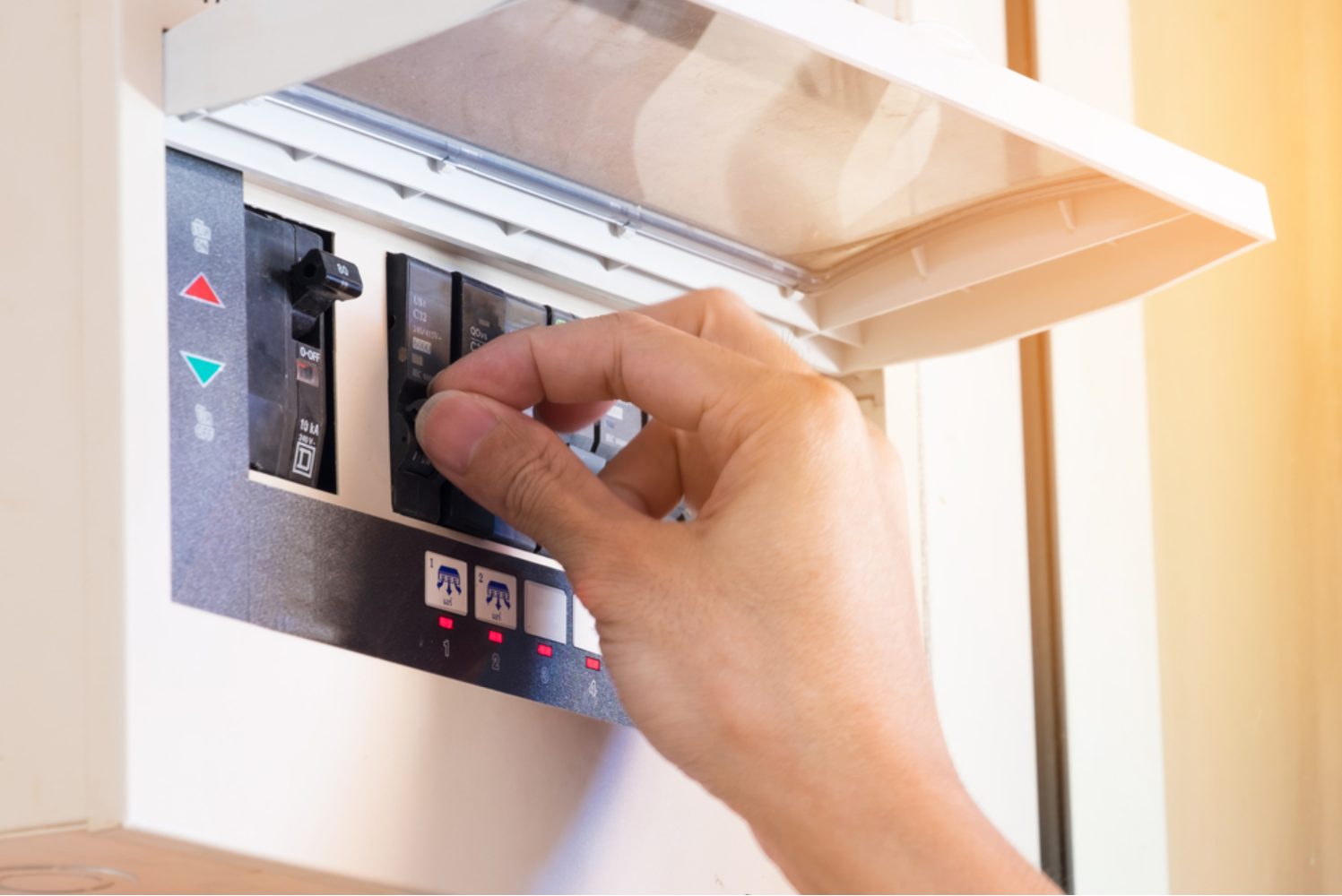
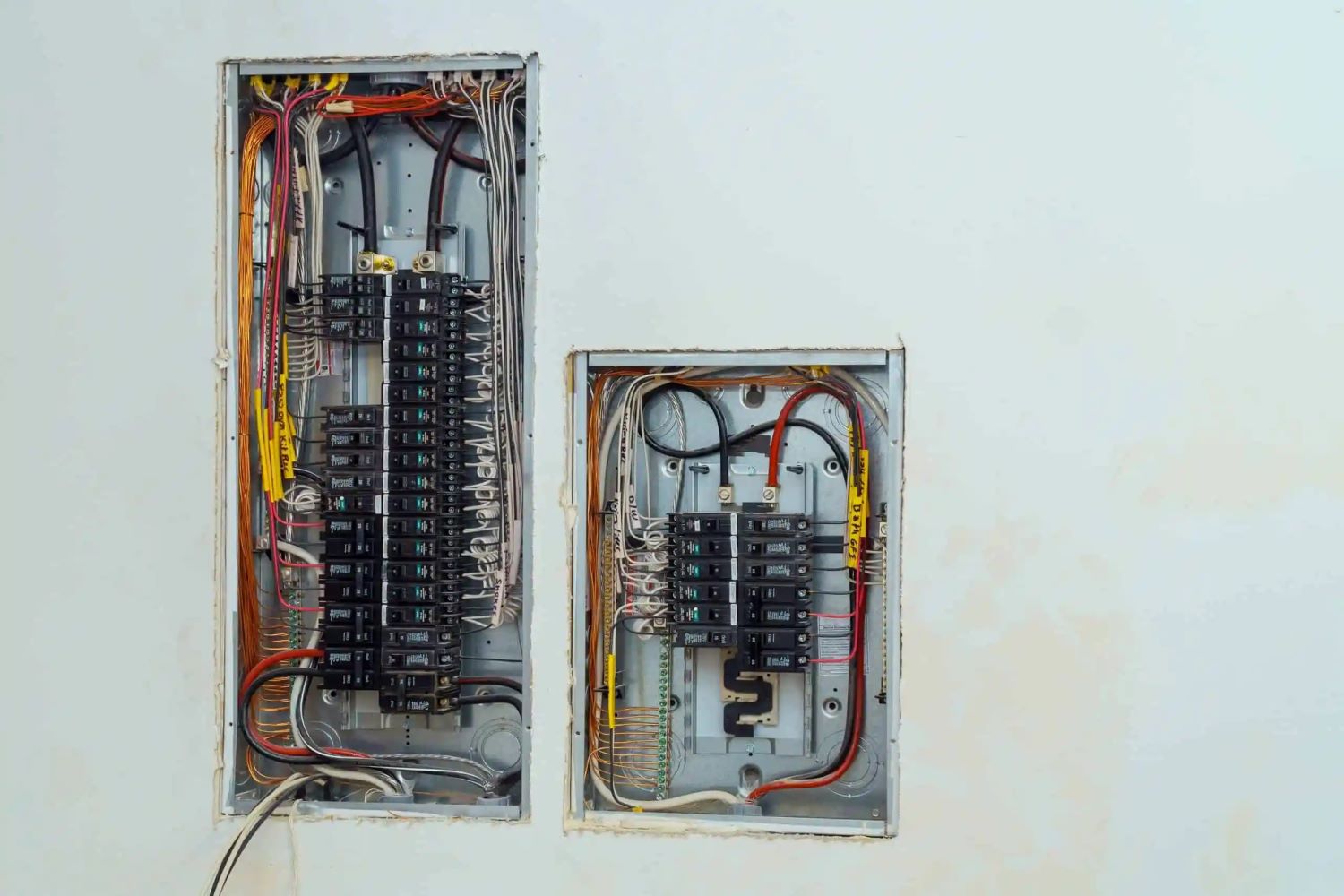

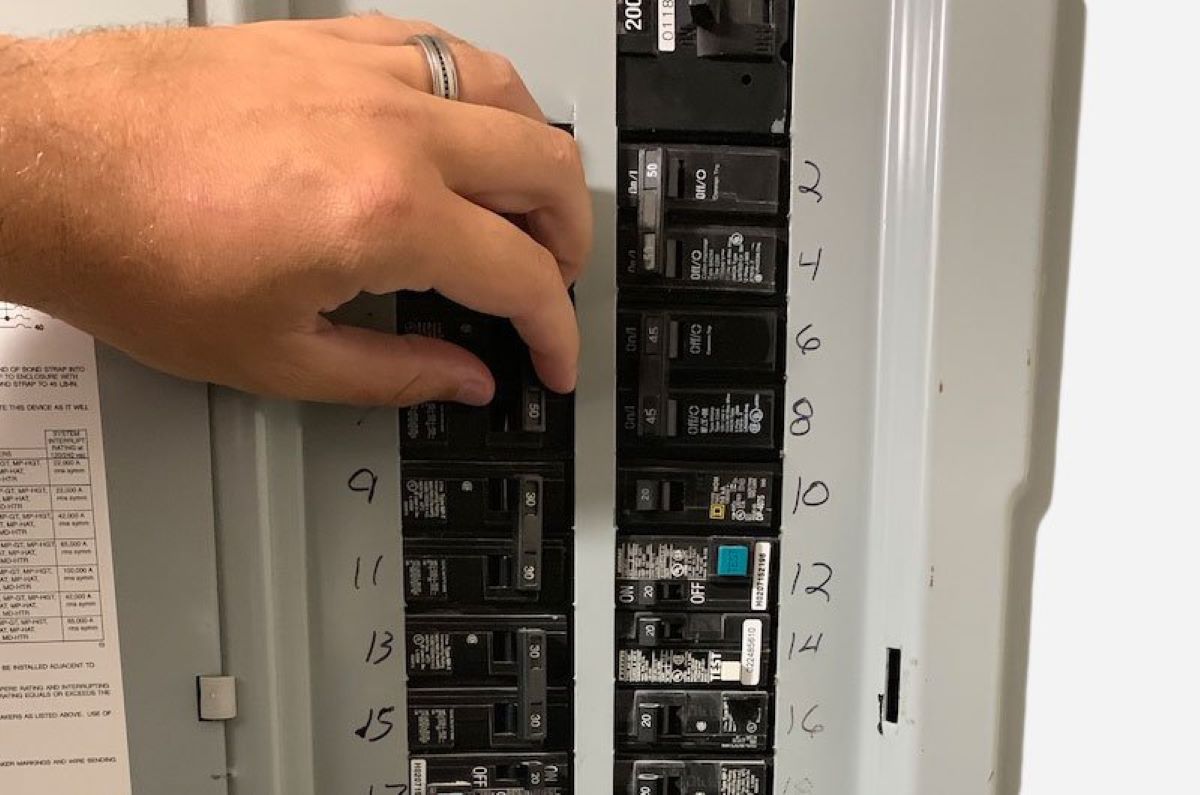
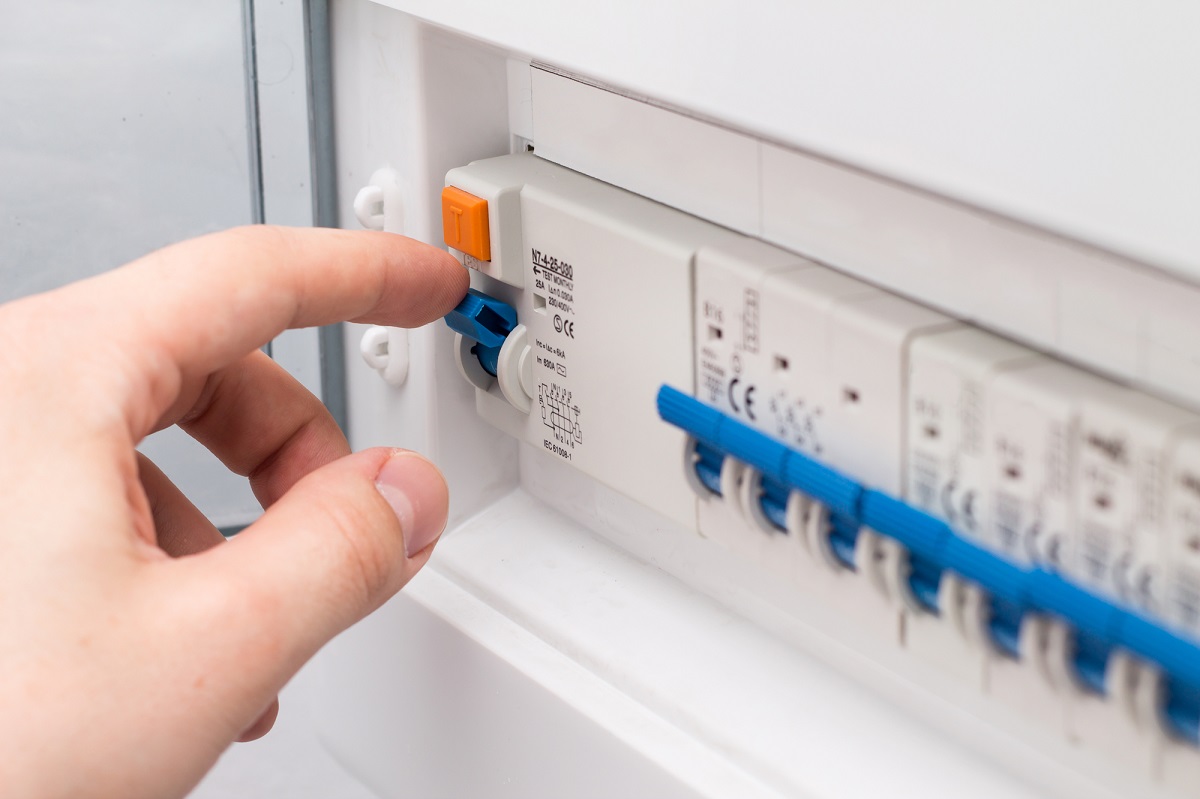
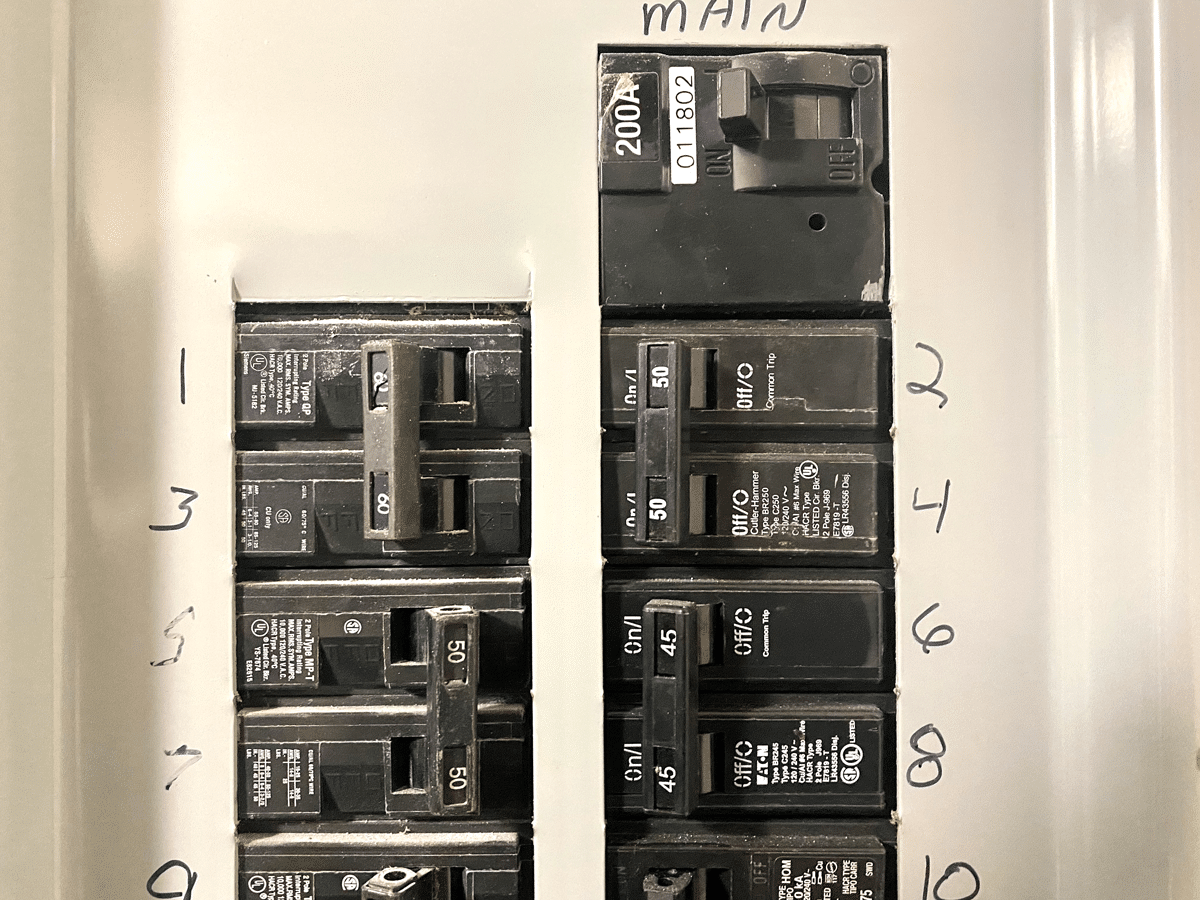
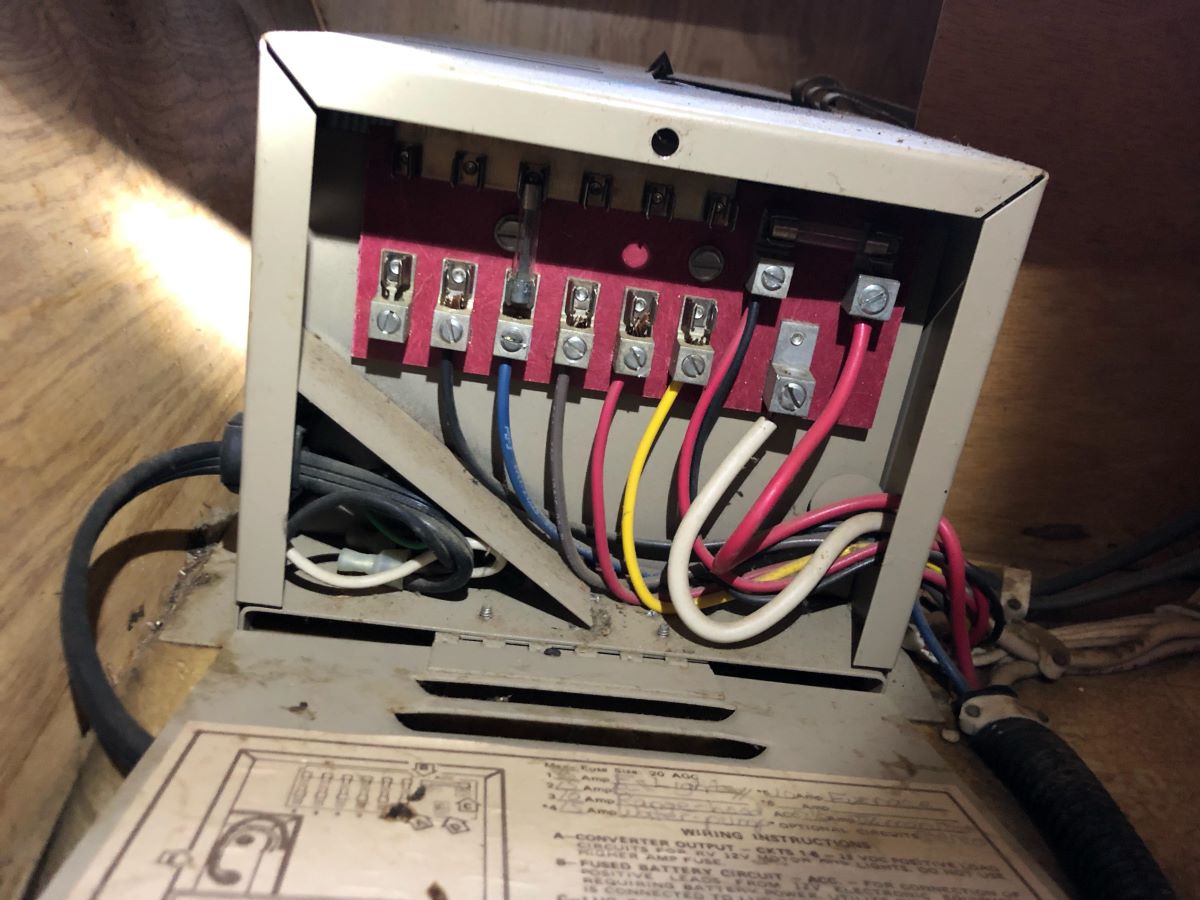


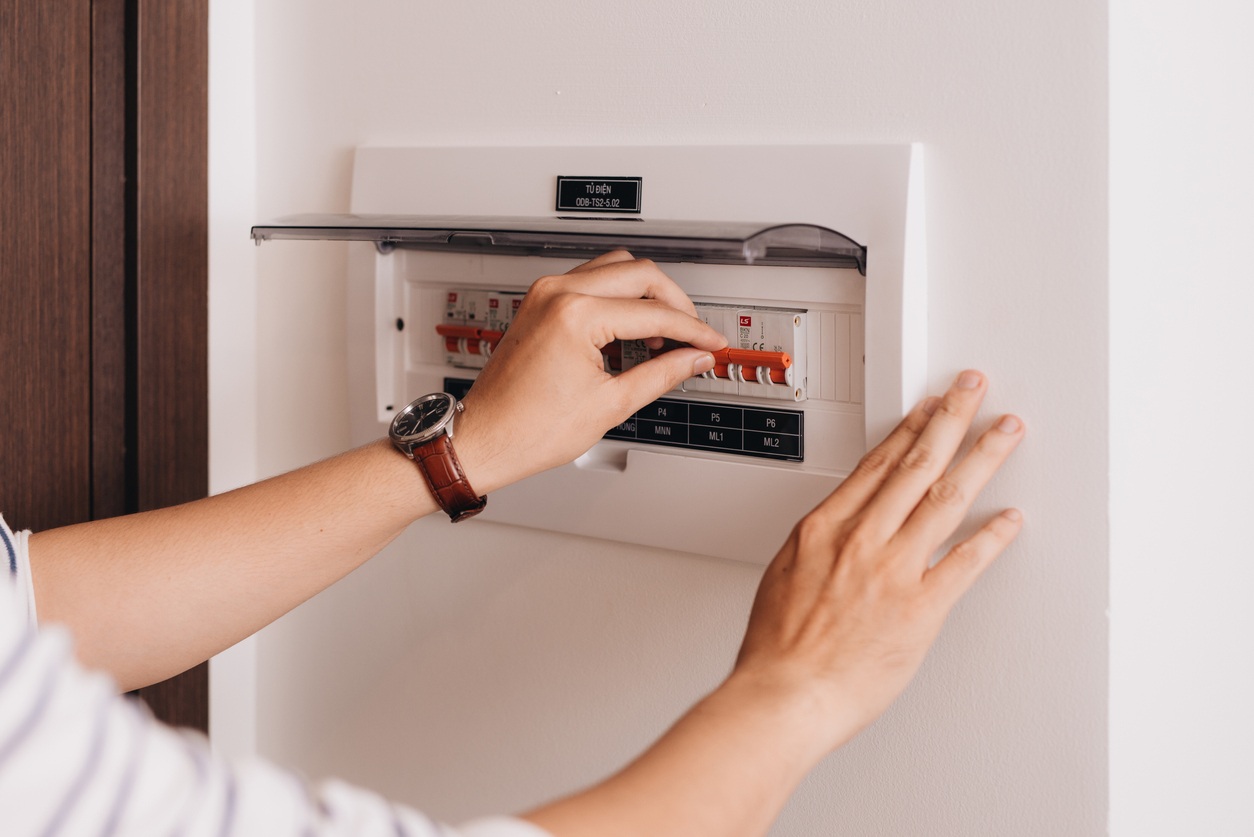
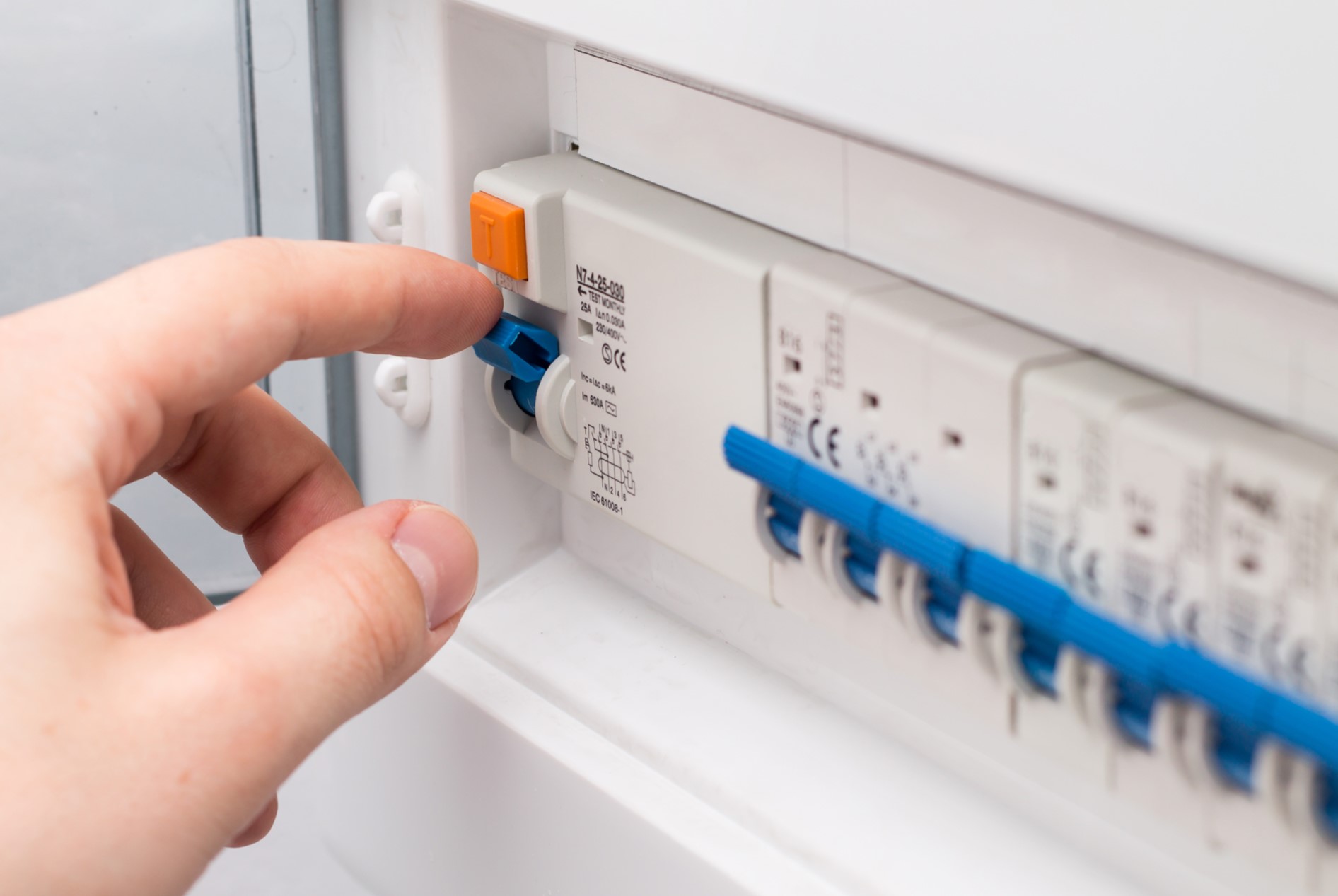
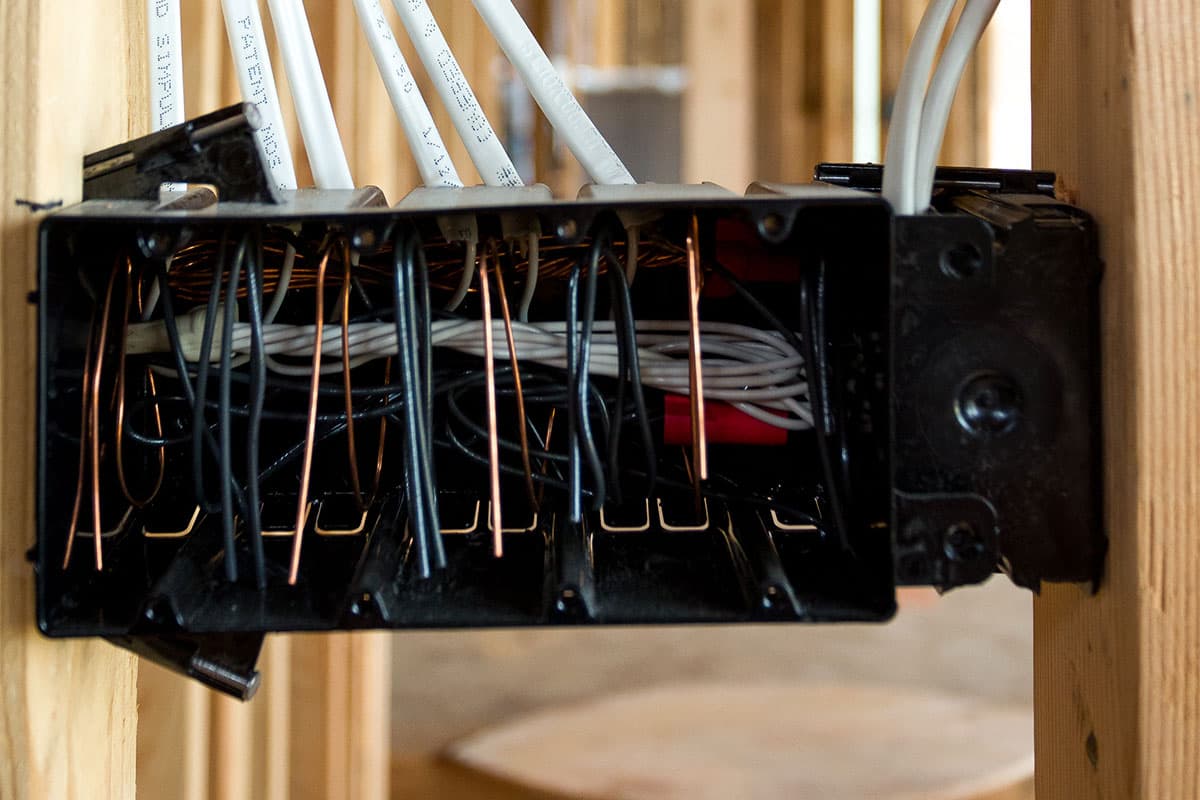
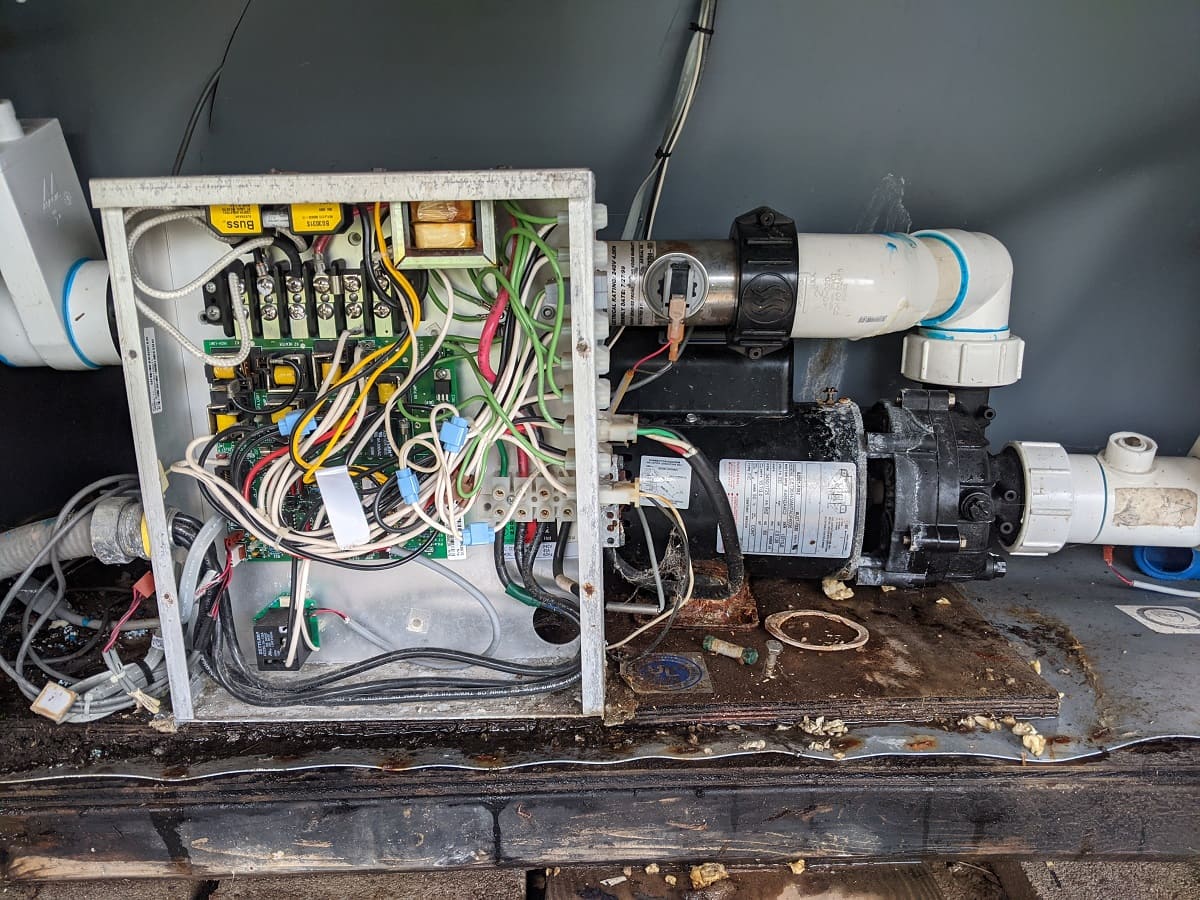
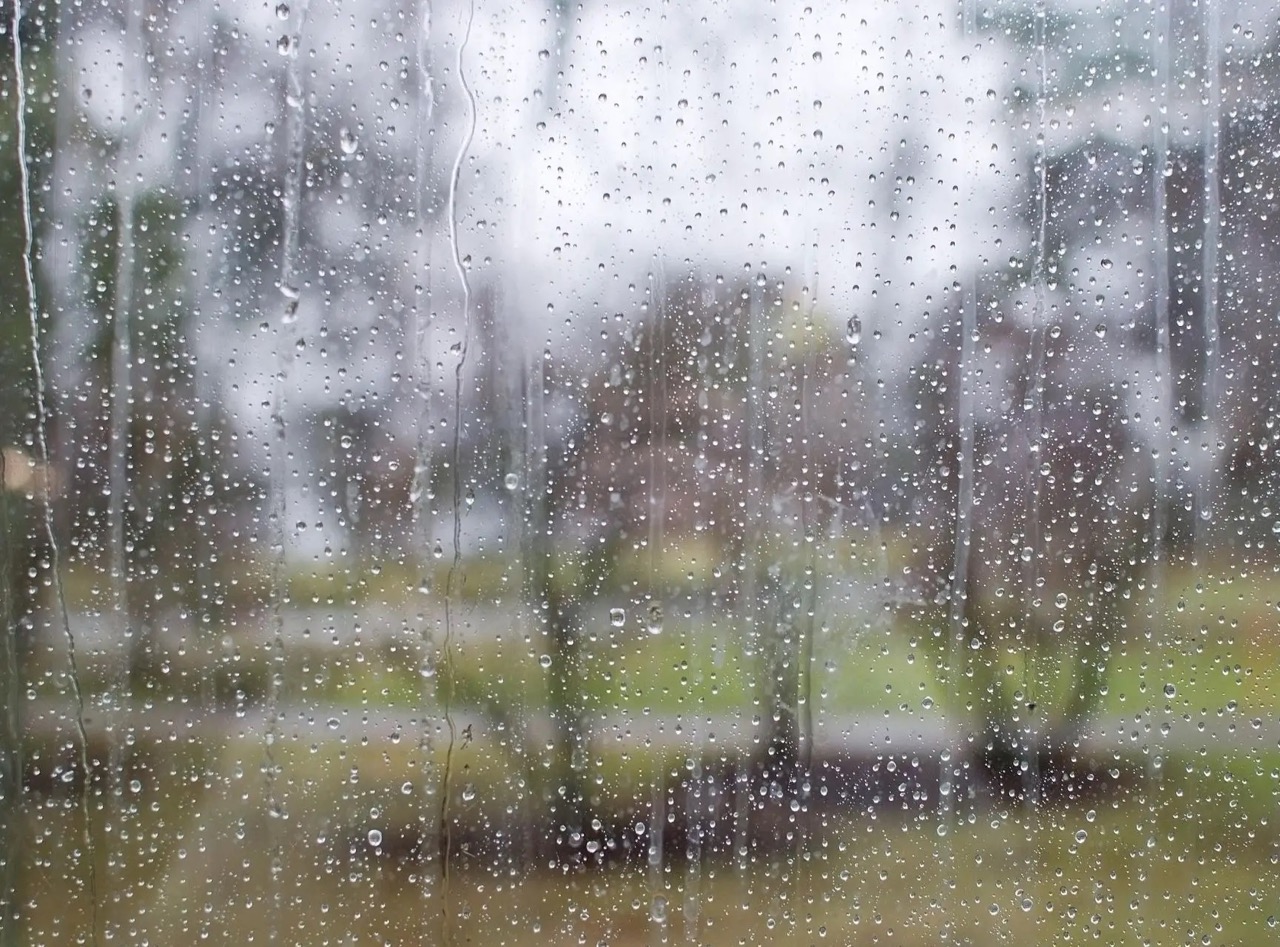

0 thoughts on “Why Is Half Of My House Without Power Without Flipped Breakers?”